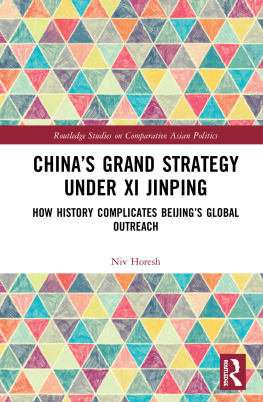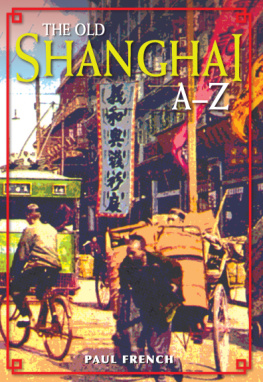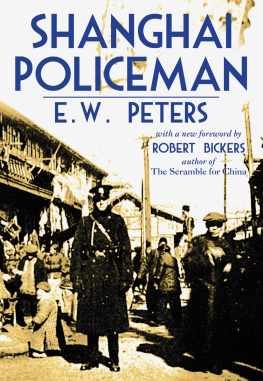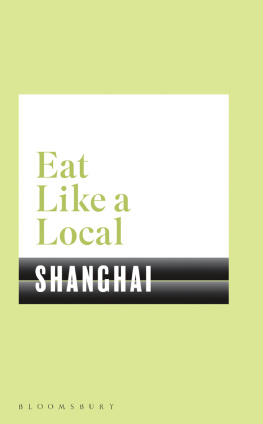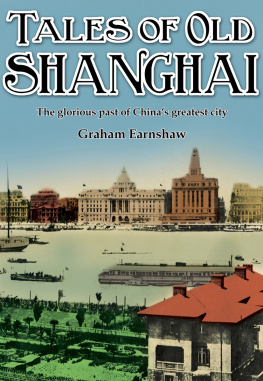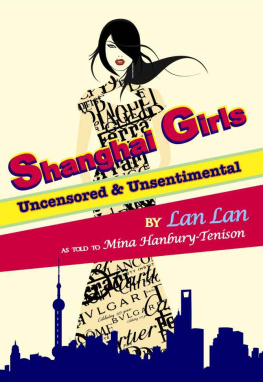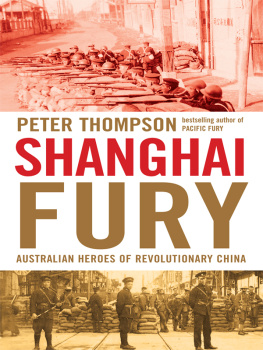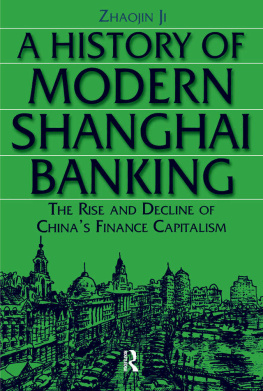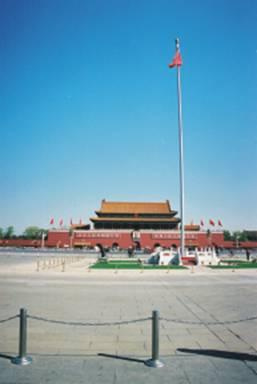
This book sets out to explain how Shanghai emerged from relative obscurity in 1842 to become one of the worlds best-known finance and industry hubs. As Chinas largest city, Shanghai today plays a central economic role, much as it did in the 1920s. Niv Horesh provides a concise diachronic survey of the economic history of modern Shanghai, setting out how the citys urban infrastructure, municipal institutions, consumer culture and industry have shaped, and have been shaped by, this economic power house. The work is aimed at a broad readership of all who are interested in Asian history, and tackles a range of themes including: the citys millionaires, then and now; racial tensions and quotidian liaisons between Europeans and Asians before World War II; and the gambling and prostitution industry.
The post-war era is portrayed in comparative discussions on Shanghai under Mao Zedong, and during the reform era. These discussions bring the narrative up to date to cover important events such as the designation of the Pudong precinct as the citys new engine of growth in 1991. The citys illustrious pre-war past is compared with its present ambitions to become Asias leading financial centre.
The book employs insights from new institutional economics as well as from the development trajectory of other world cities by way of better understanding Shanghais historic distinctness, its relative weaknesses and contemporary strengths.
Niv Horesh is Senior Fellow at the University of Nottinghams China Policy Institute (UK) and Associate Professor in China Studies at the University of Western Sydney (Australia). Horesh has worked in the past as a Business Development Manager in China, and as a civil servant in Israel and Australia.
I dedicate this book
to the memory of my grandparents,
Henia and Leib Steinberg,
and the families they had both lost
in Rowene during the War.
Copyright Niv Horesh 2014.
Published in the Sussex Academic e-Library, 2014.
SUSSEX ACADEMIC PRESS
PO Box 139
Eastbourne BN24 9BP, UK
and simultaneously in the United States of America and Canada
All rights reserved. Except for the quotation of short passages for the purposes of criticism and review, no part of this publication may be reproduced, stored in a retrieval system or transmitted in any form or by any means, electronic, mechanical, photocopying, recording or otherwise, without the prior permission of the publisher.
British Library Cataloguing in Publication Data
A CIP catalogue record for this book is available from the British Library.
Library of Congress Cataloging-in-Publication Data
Horesh, Niv.
Shanghai, past and present : a concise socio-economic history, 18422012 / Niv Horesh.
pages cm.
Includes bibliographical references and index.
ISBN 978-1-84519-631-8 (hardcover : alkaline paper)
ISBN 978-1-78284-139-5 (e-pub)
ISBN 978-1-78284-140-1 (e-mobi)
ISBN 978-1-78284-141-8 (e-pdf)
1. Shanghai (China)Economic conditions. 2. Shanghai (China) Social conditions. I. Title.
HC428.S47H67 2014
330.951132dc23
2013048547
This e-book text has been prepared for electronic viewing. Some features, including tables and figures, might not display as in the print version, due to electronic conversion limitations and/or copyright strictures.
Preface
Does Shanghai really need another book to sing its praise and retell its well-known history ? Surprisingly, the answer might turn out to be yes because a comprehensive economic history of the city bringing the narrative up to the present has not yet been attempted in English. What is more, those well-known facts (or factoids) about the city have been sensationalised ad nauseam in popular literature, thus perhaps overshadowing many valid questions about Shanghais ascendancy that are of a more academic nature. A few exceptions do exist, though by and large a nuanced account of how modern Shanghai rose to fame, and how by comparison it meshed with the pre-modern Chinese economy in the millennium prior, is much needed.
To write a comprehensive history of a complex city such as Shanghai would involve a substantial collaborative archival effort. But surprisingly, to the best of my knowledge not even a concise economic history of the city has been attempted by Western academics. The volume at hand addresses this lacuna, whilst sparing readers tracts of history that are already well-covered in the academic and popular literature, e.g. the 1870s1900s, or the mid-940s. In other words, this book is not a chronologically-framed primer marginally adding to a huge body of work on the citys past, but an attempt to grab readers and scholars attention to arguably lesser-known aspects of the citys evolution and to seldom-raised questions.
For these reasons, the book does not purport to draw exhaustively on all Shanghai titles by previous generations of historians. Indeed many writers I hold in high regard, e.g. Ding Richu, are not cited simply because I aim to focus on novel issues. Throughout, I have implicitly approached my chosen topics through the prism of New Institutional Economics (NIE), and with a desire to place Shanghais evolution in as broad a global perspective as possible.
NIE suggests, contrary to neo-classical economic theory, that happenstance as well as historic precedent can very often determine economic outcomes. As economic settings are conditioned by past choices, there can be no one-size-fits-all formula for urban economic success. Yet, what it takes to appreciate Shanghais story is not just theory but an understanding of how other metropolises rose to prominence around the world. Examination of the complex social and cultural identity formed in the city since 1842 can only enrich ones understanding of the citys economic setting I would venture to say even if neo-classical theory wholly discounts culture as a determinant of economic outcomes.
Shanghai history has become a bit of a cottage industry, such that more novel approaches are now required. This can perhaps be demonstrated by a personal anecdote. My first book, published in 2009, was titled Shangahis Bund and Beyond. At the time I thought I had struck upon a brilliant pun with which to convey the citys distinctiveness from the rest of China. Nevertheless, as I was to discover in my later forays into the citys history, that precise title had already been used aeons beforehand. In 1927, the New York publisher Payson & Clarke released a title by Philip Kerby called Beyond the Bund. Therein, Kerby colourfully recounted his adventures sailing around Shanghai, and travelling further inland. Though for obvious reasons our two books are completely different pieces of work, Kerbys had in some way honed in on precisely the same message I would later try to convey in my own title: Shanghai was unique and not to be confused with the rest of China. Needless to say, any vestigial pretence to originality I entertained since 2009 shrivelled upon stumbling over Kerbys rare book in my searches for pre-war Western sources on Shanghai at the British Library.
So the lesson I learnt was that, quite often, novel approaches to Shanghai and insights into its history can actually be re-discovered or re-enforced in long forgotten sources, huge as the pertinent literature is. My claim to novelty here does not mean similar ideas had not been raised before somewhere; only that conventional wisdom about Shanghai nowadays might have brushed them aside somewhat. In that sense I am not only indebted to the scholarship of previous generations and to authors whose work did not receive the attention it deserved, but


